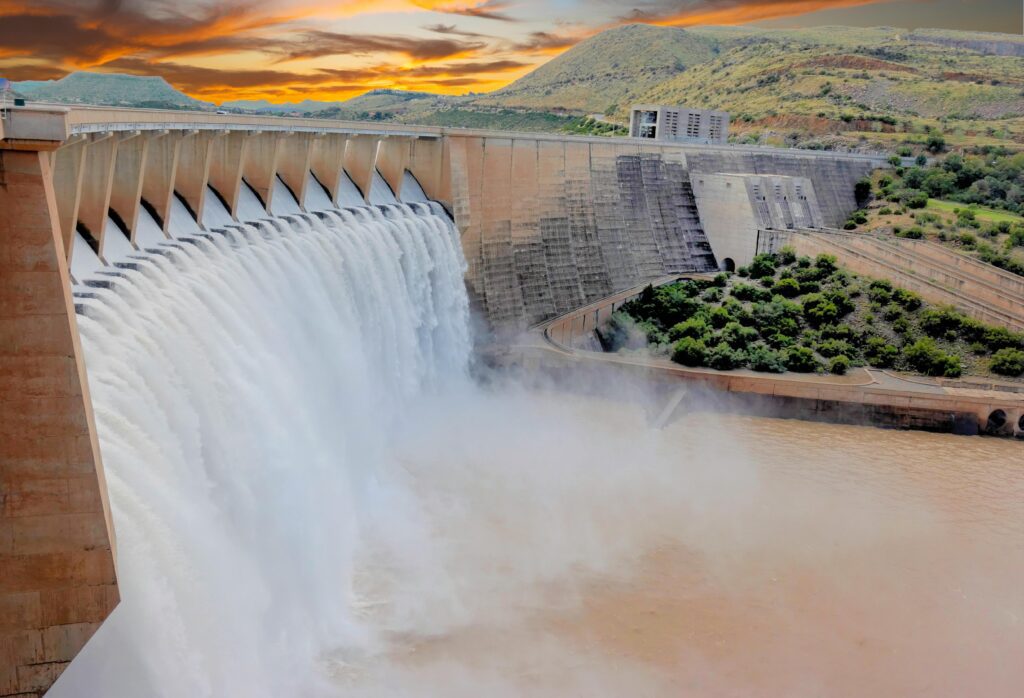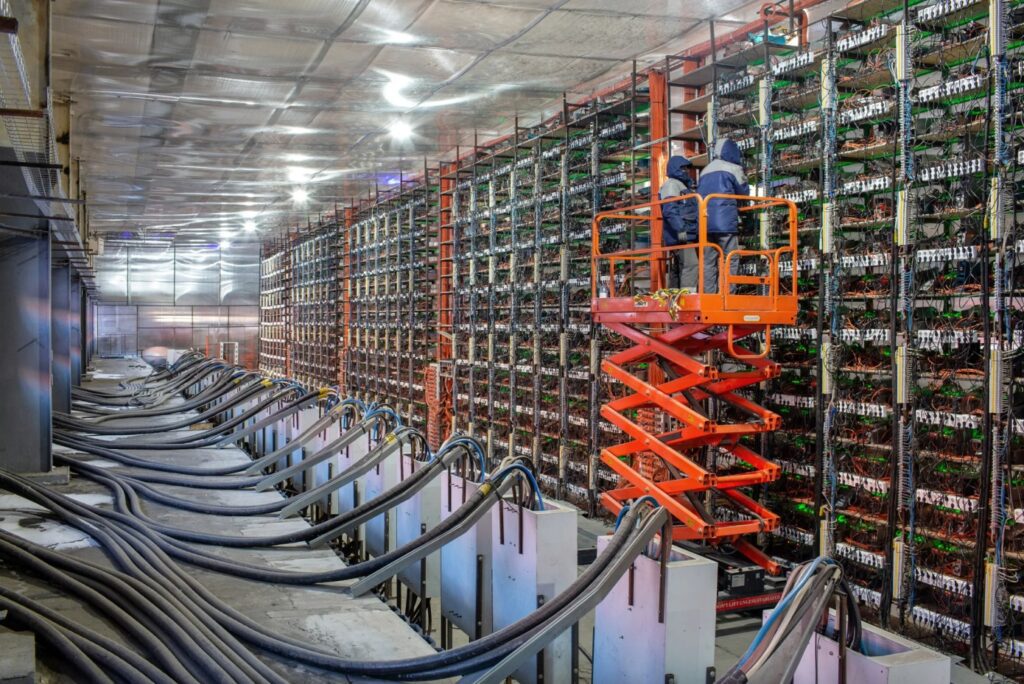Bitcoin, the digital currency, is not just about payments, solution to inflation and technology; it’s also deeply intertwined with the physical world through its energy use. At the heart of Bitcoin is a process called Proof of Work (PoW), which secures the network and creates new bitcoins. This process, however, requires a significant amount of energy. Let’s dive into how this energy expenditure connects the digital realm of Bitcoin to our physical world and how it can actually be a force for environmental good, particularly in countries like Indonesia with vast renewable energy resources.
Bitcoin’s Proof of Work: Bridging Cyberspace and the Physical World
PoW is the algorithm that underpins Bitcoin mining. Miners compete to solve complex mathematical problems, and the first to solve each problem gets to add a new block to the Bitcoin blockchain. This process validates transactions and secures the network. However, solving these problems requires powerful computers that consume a lot of electricity. Thus, Bitcoin mining forms a bridge between the digital currency system and the physical requirement for electrical energy.
Indonesia: A Renewable Energy Powerhouse
Indonesia is uniquely positioned in this landscape. As a country rich in natural resources, it boasts a massive potential for renewable energy, particularly hydro and geothermal energy. These green energy sources are not only abundant but also less harmful to the environment compared to fossil fuels like coal and oil.

Hydro dam in Indonesia to mine Bitcoin
Bitcoin and Renewable Energy Incentives
Here’s where Bitcoin could play a pivotal role in promoting environmental sustainability. For central banks and governments keen on increasing their green energy infrastructure, Bitcoin mining can be an unexpected ally. The logic is simple yet powerful: Bitcoin mining is more profitable when the electricity cost is lower, and renewable energy sources like hydro and geothermal are among the cheapest, especially once infrastructure is established.
Indonesia’s wealth of renewable resources means it could become a global hub for eco-friendly Bitcoin mining. This would not only help the country meet its zero-emission goals but also incentivize further development of renewable energy projects. As miners seek the most cost-effective energy sources, they’re naturally drawn to renewables, which in turn can drive investment and development in this sector.

Bitcoin: A Catalyst for Green Energy
The game theory of Bitcoin mining suggests that as miners strive to make money, they’ll opt for the most affordable energy options available. Given the high cost and environmental impact of fossil fuels, renewable energy becomes the logical choice. This shift to greener energy sources for mining could significantly reduce the carbon footprint of Bitcoin operations and, by extension, contribute to global environmental sustainability efforts.
In essence, Bitcoin has the potential to be more than just a digital scarcity; it could also be a catalyst for environmental change. By incentivizing the use of renewable energy for mining operations, Bitcoin can help pave the way for a more sustainable energy future. As of time of writing, Bitcoin network is being secured by using 55% of renewable energy. For countries like Indonesia, with their untapped hydro and geothermal potential, Bitcoin mining could be the key to unlocking their renewable energy capabilities, supporting both economic growth and environmental conservation efforts.
Conclusion
The relationship between energy and Bitcoin is complex but fundamentally promising. Through the lens of Proof of Work, we see how Bitcoin’s energy-intensive processes can actually lead to positive environmental outcomes, especially in regions rich in renewable resources. Indonesia stands out as a prime example of how Bitcoin mining can incentivize the shift towards green energy, aligning digital currency operations with global sustainability goals. In the grand scheme, Bitcoin isn’t just for securing the network or making new coins; it’s mining for a greener future.





